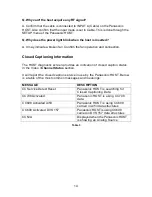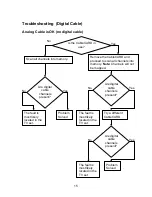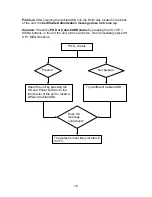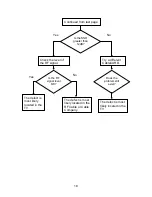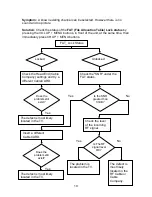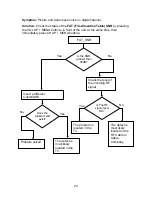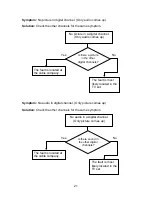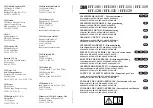
The software component of the OpenCable project is called the OpenCable
Applications Platform (OCAP™) specification. OCAP provides an open interface
between the manufacturer's operating system and the various applications that
will run within the host. This open interface will accelerate application
development and deployment of new interactive television (iTV) services.
Currently, developers of iTV applications and services must rewrite their
programming for each proprietary host platform upon which the applications and
services will run. OCAP addresses this challenge by providing a standard set of
application programming interfaces (APIs), so that any application may be
deployed across the full range of OpenCable host devices. Retail manufacturers
who build OpenCable devices may be assured that their devices will run any
applications that run on comparable set-top boxes leased by cable operators
directly to their customers. These applications may include:
Electronic program guides (EPGs);
Impulse pay-per-view (IPPV);
Video-on-demand (VOD);
Interactive sports, game shows;
Web access features such as e-mail, chat, instant messaging;
Interactive games and services such as shopping (television commerce, or "T-
Commerce"), home banking, and personal video recorders (PVR).
Clear Digital Picture -
The unit incorporates a cable-ready tuner that allows
cable subscribers to receive crisp digital TV signals without the need of a set-top
box. It would also tune in over-the-air broadcasts for the handful of consumers
who use rooftop antennas.
Multiple Programs in 6MHz band -
the allocated bandwidth for DTV
transmission is at 6MHz. SD (Standard Definition) broadcast occupies much less
space in the 6MHz bandwidth allocated for DTV broadcast. This results in the
broadcast of up to six different programs per channel making terrestrial TV
transmission more competitive than cable.
High Definition Program -
High definition programming such as 720p and,
1080i occupies much of the 6MHz bandwidth allocated for DTV transmission.
This results in the broadcast of only one program per transmission. Although
extensive compression techniques are used to reduce the content of the
program, the high resolution and high frequency components of the high
definition signal does not allow the broadcast of additional programs.
7
Summary of Contents for PT-53TWD63
Page 6: ...2 ...
Page 8: ...4 ...
Page 26: ...22 ...
Page 28: ...24 ...
Page 32: ...28 ...
Page 42: ...38 ...
Page 46: ...Non Serviceable Boards Figure 22 42 ...
Page 50: ...46 ...
Page 72: ...68 ...
Page 74: ...70 ...
Page 82: ...78 ...
Page 92: ...88 ...
Page 95: ...91 Trouble h s ooting ...
Page 96: ...No Video 92 ...
Page 97: ...No Sound 93 ...
Page 98: ...No Power 94 ...


















